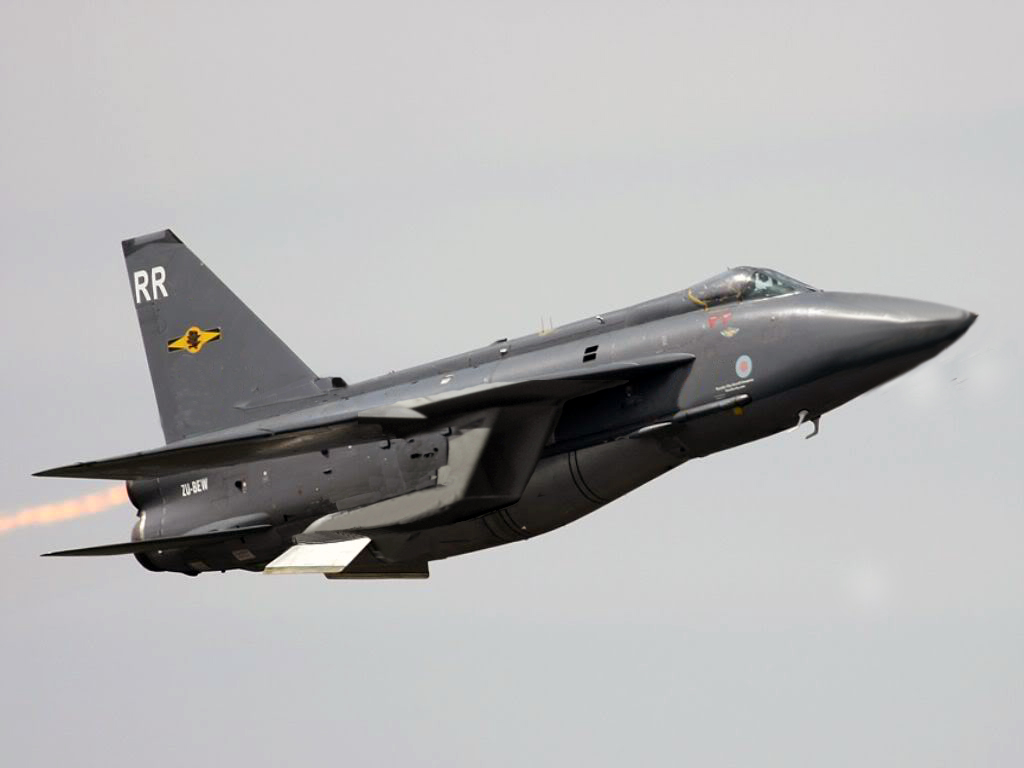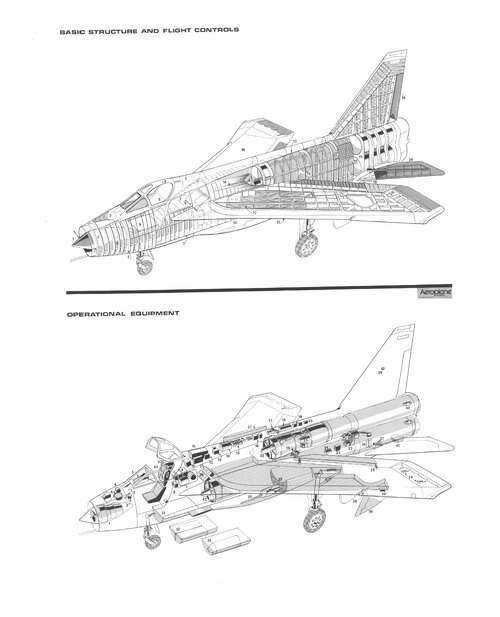The English Electric Company Limited (
EE) was a British industrial manufacturer formed after the
armistice of
World War I by amalgamating five businesses which, during the war, had been making munitions, armaments
and aeroplanes.
.....
Both Dick, Kerr & Co. and the Phoenix Dynamo Manufacturing Company built aircraft in the First World War, including
flying boats designed by the
Seaplane Experimental Station at
Felixstowe, 62
Short Type 184 and 6
Short Bombers designed by
Short Brothers. Aircraft manufacture under the English Electric name began in Bradford in 1922 with the
Wren but lasted only until 1926 after the last
Kingston flying boat was built.
With
War in Europe looming, English Electric was instructed by the
Air Ministry to construct a "shadow factory" at
Samlesbury Aerodrome in Lancashire to build
Handley Page Hampden bombers. Starting with Flight Shed Number 1, the first Hampden built by English Electric made its maiden flight on 22 February 1940 and, by 1942, 770 Hampdens had been delivered – more than half of all the Hampdens produced. In 1940, a second factory was built on the site and the runway was extended to allow for construction of the
Handley Page Halifax four-engined heavy bomber to begin. By 1945, five main hangars and three runways had been built at the site, which was also home to
No. 9 Group RAF. By the end of the war, over 2,000 Halifaxes had been built and flown from Samlesbury.
In 1942, English Electric took over
D. Napier & Son, an aero-engine manufacturer. Along with the shadow factory, this helped to re-establish the company's aeronautical engineering division. Post-war, English Electric invested heavily in this sector, moving design and experimental facilities to the former
RAF Warton near Preston in 1947. This investment led to major successes with the
Lightning and
Canberra, the latter serving in a multitude of roles from 1951 until mid-2006 with the
Royal Air Force.
At the end of the war, English Electric started production under licence of the second British jet fighter, the
de Havilland Vampire, with 1,300 plus built at
Samlesbury. Their own design work took off after the Second World War under
W. E. W. Petter, formerly of
Westland Aircraft. Although English Electric produced only two aircraft designs before their activities became part of BAC, the design team put forward suggestions for many Air Ministry projects.
The aircraft division was formed into the subsidiary
English Electric Aviation Ltd. in 1958, becoming a founding constituent of the new
British Aircraft Corporation (BAC) in 1960; English Electric having a 40% stake in the latter company. The guided weapons division was added to BAC in 1963.


